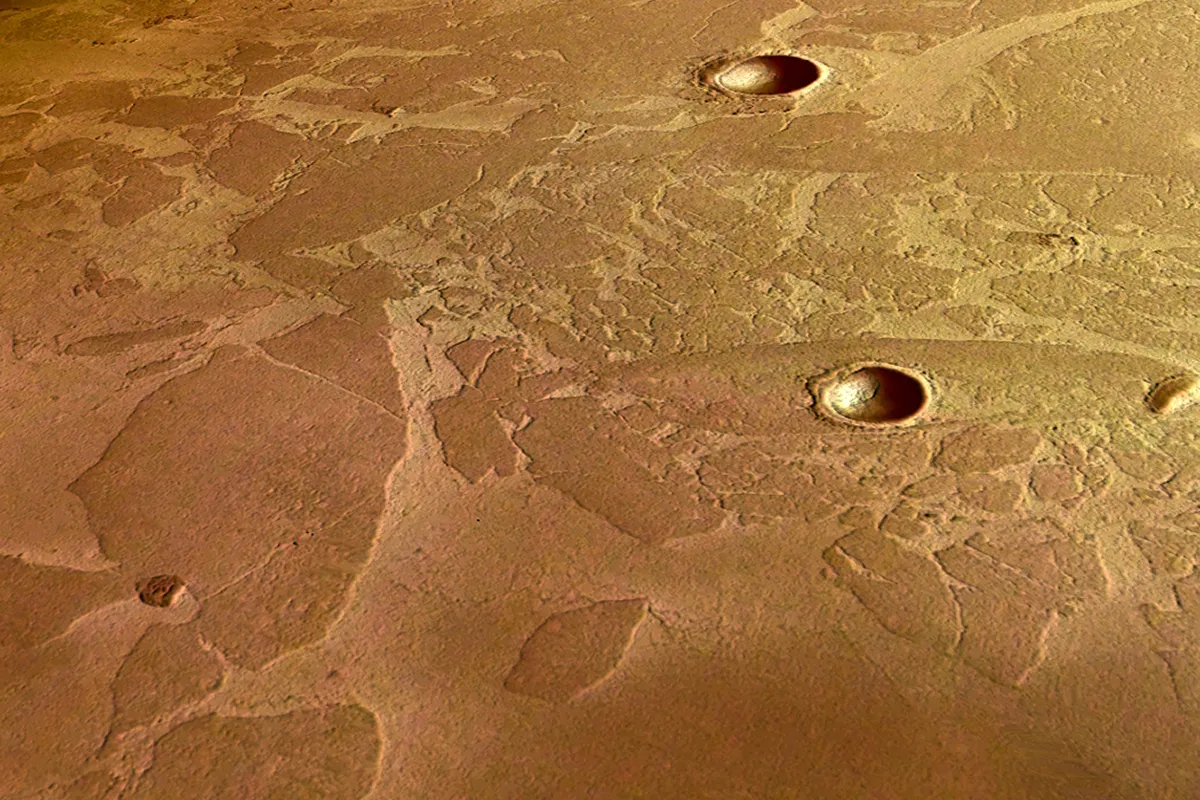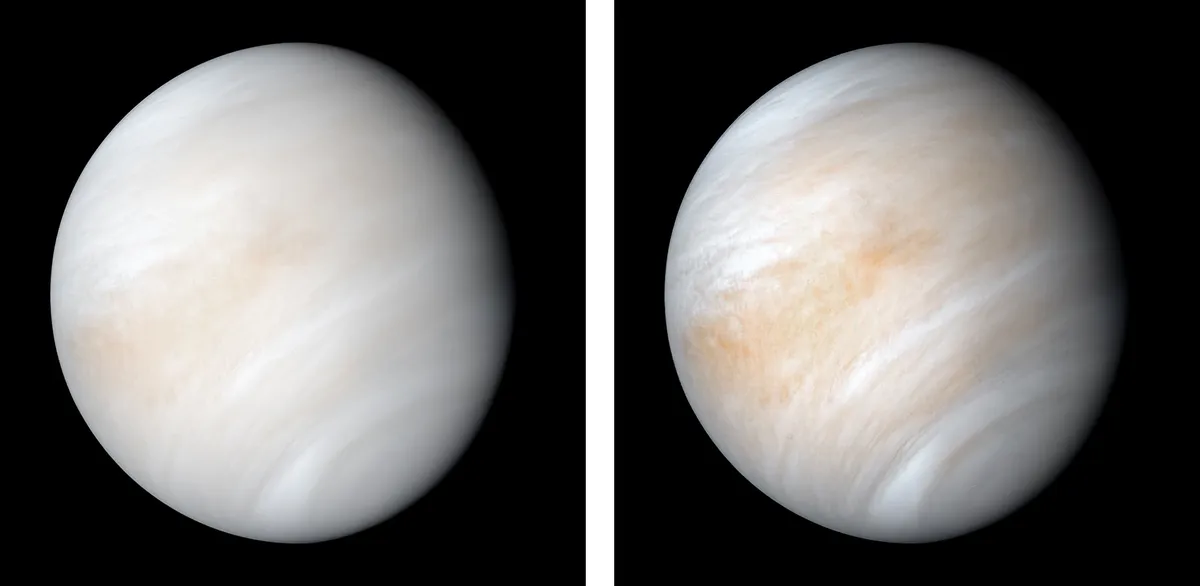Many would argue that climate change is the biggest threat facing humanity, and our neighbouring planet Venus can tell us a lot about the effects such a catastrophe can have.
The prospect of increasing CO2 gases leading to a runaway greenhouse effect that threatens all life on our home planet is, quite frankly, terrifying.
There are many ways astronomy can help us protect Earth. One way, of course, is the launching of satellites that monitor climate change.
But we can also look to other planets and learn about their atmospheric conditions.
Perhaps most importantly, we can learn about other planets' histories, and work out what produced the inhabitable worlds we see today.

Mars, for example, was once much wetter and more Earth-like than the barren landscape we see today through the eyes of the Perseverance rover and other Red Planet missions (such as the UAE's Hope probe).
Venus is another planet from which we can learn a lot regarding climate change.
Our Solar System neighbour is a hellish landscape: a scorching, poisonous world where even robotic rovers would struggle to function.
So what can Venus's atmosphere teach us about Earth, climate change, environmentalism and taking better care of our home planet?
Martin Turbetis a research scientist for the French National Centre for Scientific Research at the University of Geneva.
We spoke to him to find out more.

Venus’s surface was once molten, so how might it have formed a liquid water ocean?
When we think about the evolution of planets, we envision them beginning their life in a hot and molten state, and as they evolve through time, they emit radiation into space and cool down.
So, the key question is whether or not by cooling down, Venus was able to condense the water it had in its atmosphere onto the surface.
If the water did not condense, then it is unlikely that liquid water oceans would have formed.
The current thinking is liquid water oceans might have formed from steam at an early point during Venus’s evolution, the steam condensing on the planet’s surface and turning from a vapour to a liquid.
This is probably what also happened on Earth in its past.

How do you know this?
I have been using a Three-Dimensional Global Climate Model designed to represent all the dimensions of a planet, and the physical processes that are at play in planetary atmospheres.
We simulated the way the gas and clouds interact with light coming from the Sun, and the way the water vapour in particular will condense and evaporate from clouds.
We also simulated the way the atmosphere circulates.
All these equations are combined in the same model to represent in the best way possible how an atmosphere will behave.
This type of model is similar to the one that colleagues in my research group have been using to evaluate global warming on Earth.
How long would oceans have existed on Venus and when did they to disappear?
The simulations give an atmosphere that is cloudless in regions on Venus where the Sun reaches the zenith; clouds are formed mainly at the poles and on the night side of the planet.
This peculiar distribution of clouds would produce strong heating by the greenhouse effect, preventing liquid water from forming on Venus’s surface, which is likely to have been the case since the early stages of the planet’s development.

What can Venus tell us about climate change on Earth and the future of our planet?
If at some point Earth gets warm enough, it will trigger a runaway greenhouse effect, which will result in oceans evaporating from the surface and into the atmosphere, and this may be irreversible.
However, this would happen over a long period of time during Earth’s evolution.
What prevented Earth from suffering the same fate as Venus?
What we’ve found is that Earth’s insolation – the amount of solar radiation a planet receives on its surface – was probably the key, and maybe the reason for why it escaped a similar fate.
This was how it was able to condense its oceans in the first place.
The only way water could condense on Earth’s surface would be to decrease the amount of solar radiation that the planet received.
On Earth, four billion years ago, this was sufficiently low because the luminosity of the Sun was lower in the past, which is known as the ‘faint young Sun paradox’.
What we are seeing from our simulation results is that this is a key element to consider in the evolution of Earth, and how immensely important this part of the planet’s history is.

Can we apply our knowledge of Venus to future exoplanet missions?
A mission we may see in the coming years will give us the opportunity to probe exoplanets with steam atmospheres, and use those planets to better understand what lies beneath, and ask how their clouds are forming.
The best telescope we may have for answering these questions is the James Webb Space Telescope.
This interview originally appeared in the May 2022 issue of BBC Sky at Night Magazine.
